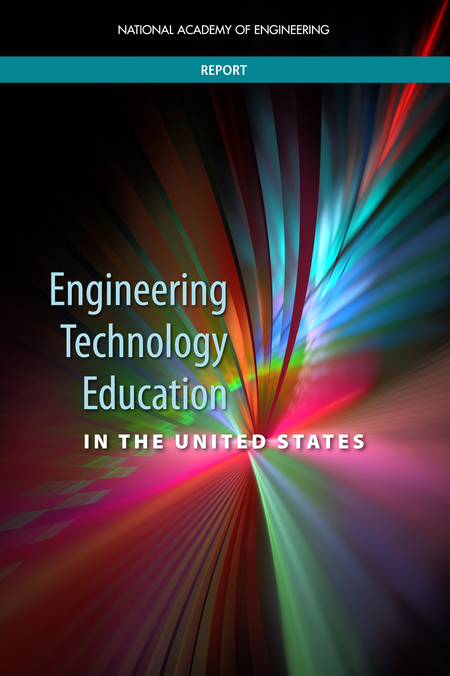 While workers in the engineering technology (ET) field play an important role in supporting U.S. technical infrastructure and the country’s capacity for innovation, there is little awareness of ET as a field of study or category of employment in the U.S., says a new report from the National Academy of Engineering.
While workers in the engineering technology (ET) field play an important role in supporting U.S. technical infrastructure and the country’s capacity for innovation, there is little awareness of ET as a field of study or category of employment in the U.S., says a new report from the National Academy of Engineering.
There are numerous similarities between traditional engineering and engineering technology. Though, in comparison, if engineers are viewed as being responsible for designing the nation’s technological systems, engineering technicians and technologists are those who help build and keep those systems running. In 2014, there were nearly 94,000 four-year engineering degrees, nearly 18,000 four-year ET degrees, and more than 34,000 two-year ET degrees awarded in the U.S.
While federal employment data group the work of technicians and technologists together, the report separates those with four-year degrees in ET or other fields (technologists) from those with two-year degrees in ET or other fields (technicians). Of the roughly 400,000 people employed in ET in 2013, an estimated 80 percent were working as engineering technicians.
The committee that conducted the study and wrote the report carried out a survey of employers of engineering technicians and technologists and found that 30 percent of nearly 250 respondents had never heard of ET education. In addition, one-third of respondents said they did not know the difference between work performed by engineers and work performed by engineering technologists. Within academia, leaders of two-year and four-year ET programs should engage in discussions with leaders in postsecondary engineering education about the similarities and differences between the two variants of engineering and how they might complement each other while serving the interests of a diverse student population, the report says. The ET education community should consider ways to make the field’s value more evident to K-12 teachers, students, and parents, as well as to employers.
The committee examined supply and demand within the ET workforce and found no clear indication of a shortage or surplus of engineering technicians or technologists. However, this does not preclude the possibility of market imbalances in certain geographic areas and recognizes that with the evolution of new engineering systems, new skills will be required in order for the U.S. to compete in the marketplace.
The National Science Foundation should consider funding research on factors affecting matriculation, retention, and graduation in ET, the report says. For example, understanding why black students graduate at higher rates from ET programs than they do from engineering programs and why women are less-engaged in ET than they are in engineering may allow programs in both domains to better attract and retain more diverse student populations.
In addition, research is needed to better understand the reasons for the apparent loose coupling of degree attainment and employment in ET, the report says. People with ET degrees work in a broad range of occupations, and those employed as engineering technologists have a diverse degree background.
For example, 12 percent of engineering technologists have a four-year degree in ET, while 39 percent of them have engineering degrees, according to the National Survey of College Graduates.
There are significant, data-related limitations to understanding differences in degree histories, specific job attributes, and educational and employment choices of those working as engineering technicians and technologists, the committee found. The report recommends ways for the National Center for Education Statistics and nationally representative surveys — such as the American Community Survey — to consider collecting additional data on these populations.
“The U.S. innovation economy, like all others in the world, depends on its highly educated engineers, engineering technologists, and technicians,” said NAE President C. D. (Dan) Mote, Jr. “This report spurs both greater understanding of the contributions of workers with ET-skills and further expansion of ET education in the U.S.”
The study was sponsored by the National Science Foundation. The mission of the National Academy of Engineering is to advance the well-being of the nation by promoting a vibrant engineering profession and by marshalling the expertise and insights of eminent engineers to provide independent advice to the federal government on matters involving engineering and technology. The NAE is part of the National Academies of Sciences, Engineering, and Medicine — private, nonprofit institutions that provide independent, objective analysis and advice to the nation to solve complex problems and inform public policy decisions related to science, technology, and medicine.







Leave a Reply
You must be logged in to post a comment.